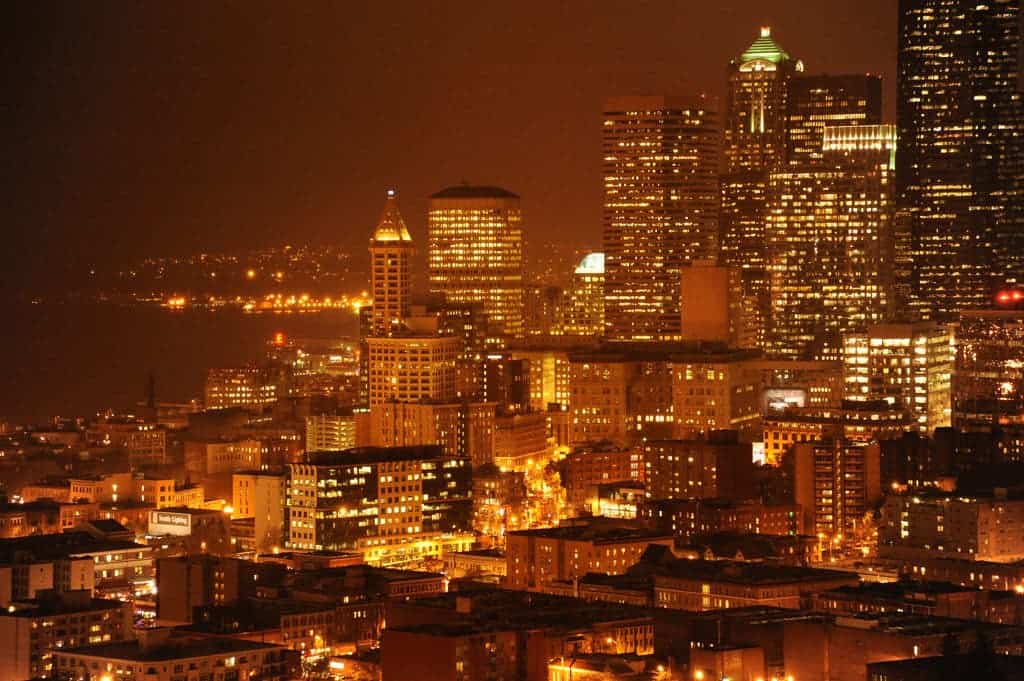LEDs promised to bring a revolution in outdoor lighting and in a way, they did. It just might not be what we were hoping for.

When solid-state lighting options such as LEDs, OLEDs, and PLEDs were introduced, everyone hoped that they would reduce costs, energy usage, and the environmental impact of outdoor lighting. After all, these new systems consumed less and often have a longer lifespan than their conventional counterparts. But a new study has found that due to these reduced costs, many municipalities are actually using more and more lighting, creating a net effect that’s even worse than before. Not only are some places consuming more energy overall, but they are producing much more light, with potentially dramatic consequences on wildlife and our own health.
Better isn’t always better
Instead of reaping the benefits of lower costs, many municipalities recklessly took advantage of the new technology and installed more and more lighting posts, resulting in using even more energy than before.
“As a result, the world has experienced widespread ‘loss of the night,’ with half of Europe and a quarter of North America experiencing substantially modified light-dark cycles,” write the researchers in the new study, which was published today in Scientific Advances.
This growth is tightly correlated with the increase of the Gross Domestic Product (GDP), and the fastest growth occurred in developing countries. However, developed areas also tended to show an increase in light production.
“What’s more, we actually see only part of the light increase”, says Christopher Kyba whose research is done both at GFZ and the Leibniz Institute for Freshwater Ecology and Fisheries IGB.
What Kyba is alluding to is the fact researchers were expecting the measured light to go down dramatically, because the Day-Night-Band instrument which was used to gather the data doesn’t see wavelengths below 500 nanometers (human visible range is between 400 and 700 nm). LEDs output much more light below the 500 nm threshold than regular light bulbs, so even if light consumption remained the same, researchers were expecting to measure an overall luminosity, due to the measuring limitation. But they didn’t. If anything, they reported more luminosity than ever in many parts of the world.
“For that reason I expected that wealthy countries would appear to be getting darker (even if that wasn’t truly the case). Instead, we observed wealthy countries staying constant, or in many cases increasing,” Kyba told Gizmodo. “That means that even though some cities are saving energy by switching to LEDs, other places are getting brighter by installing new or brighter lamps (that need new energy). So the data aren’t consistent with the hypothesis that on the global scale, LEDs are saving energy for outdoor lighting applications.”
More light, more problems

Artificial light is, of course, crucial to modern society. It allows us to work at any time or in naturally dark environments and it offers possibilities for recreation and sports — it allows us to do what we want when we want it, no longer depending on the Sun’s natural cycle. However, too much light can be a bad thing, with several studies accusing it of compromising health and disrupting ecosystems.
In 2007, “shift work that involves circadian disruption” was listed as a probable carcinogen by the World Health Organization’s International Agency for Research on Cancer. Another recent study by Professor Steven Lockley at Harvard Medical School found that artificial light, even dimmed, can have significant effects on sleep disruption and melatonin suppression. Light pollution also poses a serious threat to wildlife — particularly to nocturnal wildlife. Despite all these warning signs, not much action has been taken to limit light pollution, and as urbanization spreads more and more, so too does light pollution.
Still, there are reasons to be optimistic. Unlike other types of pollution, light doesn’t require any dramatic action to reverse its effects. All you do is switch it off, and it’s gone (unlike say oil pollution, where even if you stop the pollution source, you still need to clean up the existing mess). Also, some places were less careless than others. Light emission per capita in Germany is three times lower than in the US, while the standard of living is just as much, if not significantly higher. This gives hope that prosperity doesn’t always mean going over the top with resource consumption, and a reasonable energy consumption (along with a reduction of light pollution) can be achieved — but only with responsible policies. Perhaps it’s time for such policies to emerge at a local, national, and even international level.
The study has been published in Science Advances.


